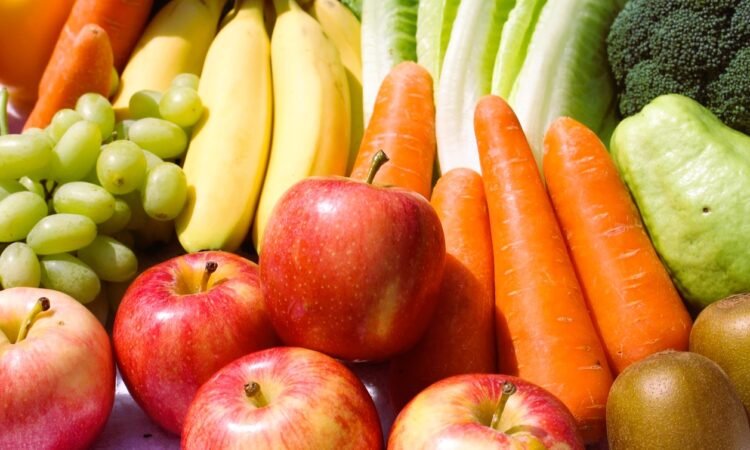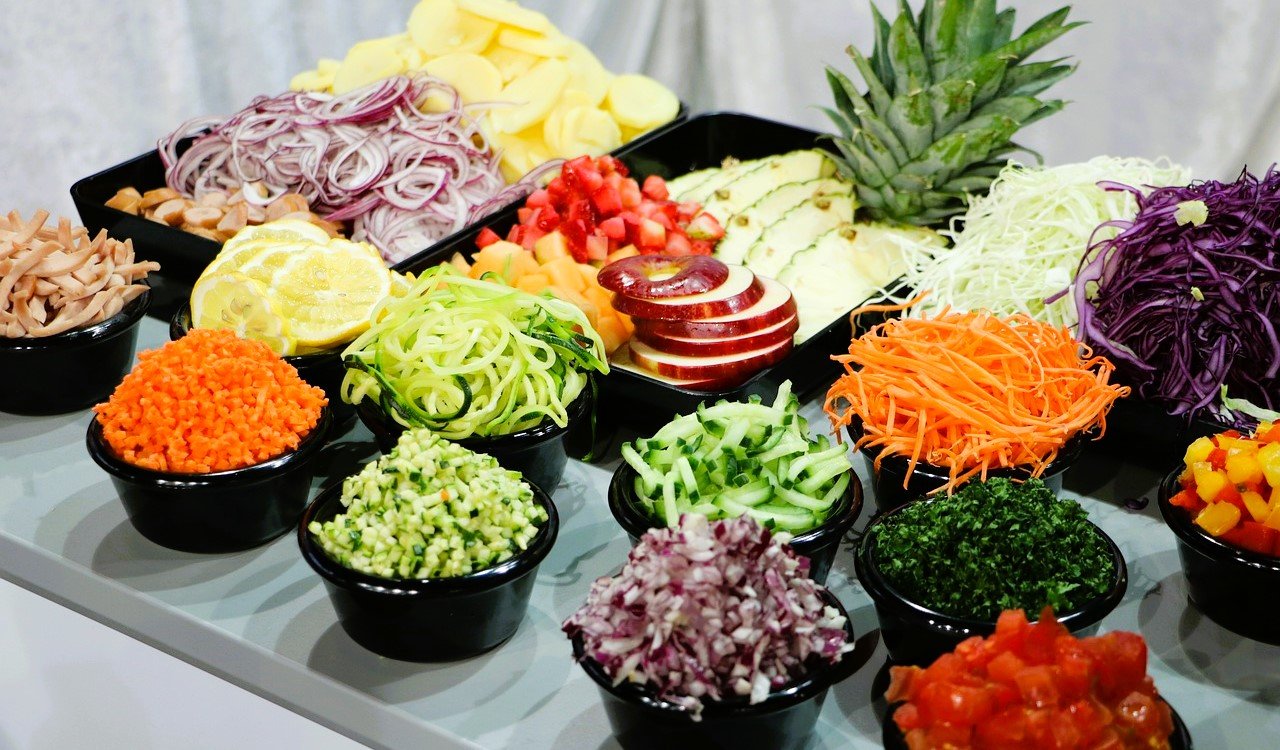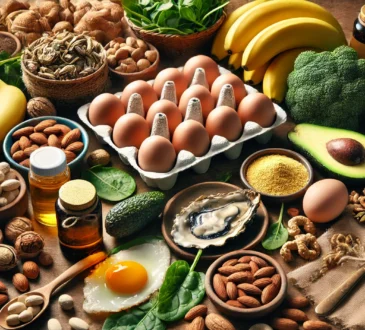Fruits and Vegetables Rich in Vitamin D and How to Intake

Fruits and Vegetables Rich in Vitamin D
Discover the fruits and vegetables that contain vitamin D, including mushrooms and fortified options. Learn about the benefits of vitamin D for bone health, immune support, and overall well-being.
Introduction
Vitamin D is essential for bone health, immune function, and overall well-being. While most vitamin D comes from sunlight exposure and animal-based sources, there are some fruits and vegetables that can help boost your intake, though they typically contain lower amounts compared to other sources.
Fruits and Vegetables with Vitamin D
1. Mushrooms
- Description: Mushrooms are one of the few natural plant sources of vitamin D. They can produce vitamin D when exposed to sunlight or UV light.
- How to Use: Include mushrooms like shiitake, portobello, and maitake in your diet. Sun-exposed mushrooms have higher levels of vitamin D2.
2. Fortified Foods
- Description: While not naturally occurring, certain fruits and vegetables are often fortified with vitamin D, such as fortified orange juice.
- Examples: Fortified plant-based milk (e.g., almond, soy), fortified cereals, and fortified orange juice.
Benefits of Vitamin D
1. Bone Health
- Benefit: Vitamin D helps in the absorption of calcium, which is crucial for the development and maintenance of strong bones and teeth.
- Effect: Prevents bone disorders such as rickets in children and osteoporosis in adults.
2. Immune System Support
- Benefit: Vitamin D plays a role in modulating the immune response.
- Effect: Helps in reducing the risk of infections and certain autoimmune diseases.
3. Mood Regulation
- Benefit: Adequate vitamin D levels are linked to improved mood and reduced risk of depression.
- Effect: Supports mental health and well-being.
4. Heart Health
- Benefit: Vitamin D may help regulate blood pressure and support cardiovascular health.
- Effect: Reduces the risk of hypertension and cardiovascular diseases.
Tips to Increase Vitamin D Intake
- Sunlight Exposure: Aim for 10-30 minutes of sun exposure several times a week, depending on your skin type and location.
- Dietary Sources: Include foods rich in vitamin D like fatty fish (salmon, mackerel), egg yolks, and fortified foods.
- Supplements: Consider vitamin D supplements, especially if you have limited sun exposure or dietary intake.
Conclusion
While natural fruits and vegetables are not significant sources of vitamin D, mushrooms and fortified foods can contribute to your daily intake. Combining these with sunlight exposure and other dietary sources ensures you get enough vitamin D for optimal health.

How to Incorporate Vitamin D-Rich Fruits and Vegetables into Your Diet
Learn how to boost your vitamin D intake with mushrooms and fortified foods. Discover easy and delicious ways to incorporate these vitamin D-rich foods into your diet for better health and nutrition.
1. Mushrooms
Mushrooms are one of the few natural plant sources of vitamin D. To maximize their vitamin D content, look for varieties that have been exposed to sunlight or UV light, such as shiitake, maitake, and sun-exposed white button mushrooms.
Ways to Eat Mushrooms:
- Stir-Fries: Add sliced mushrooms to your favorite stir-fry recipes for an extra boost of nutrition.
- Salads: Toss raw or lightly sautéed mushrooms into salads.
- Soups: Include mushrooms in soups and stews for added flavor and nutrients.
- Grilled: Grill portobello mushrooms as a hearty, vitamin D-rich meat substitute.
- Omelets: Add chopped mushrooms to your morning omelet or scrambled eggs.
2. Fortified Foods
Since naturally occurring vitamin D in plant-based foods is rare, fortified foods can help you meet your daily requirements. Look for fortified versions of plant-based milk, orange juice, and cereals.
Ways to Eat Fortified Foods:
- Fortified Orange Juice: Drink a glass of fortified orange juice with breakfast.
- Smoothies: Blend fortified plant-based milk (like almond or soy milk) with fruits and vegetables for a nutrient-packed smoothie.
- Cereals: Choose fortified cereals for a quick and easy breakfast option.
- Recipes: Use fortified plant-based milk in recipes for soups, sauces, and baked goods.
Example Recipes
Mushroom Stir-Fry
Ingredients:
- 1 cup shiitake or maitake mushrooms, sliced
- 1 bell pepper, sliced
- 1 cup broccoli florets
- 1 carrot, julienned
- 2 tablespoons soy sauce
- 1 tablespoon olive oil
- 2 cloves garlic, minced
- 1 teaspoon grated ginger
Instructions:
- Heat olive oil in a pan over medium heat.
- Add garlic and ginger, and sauté until fragrant.
- Add mushrooms and cook for 3-4 minutes.
- Add bell pepper, broccoli, and carrot, and stir-fry for another 5 minutes.
- Add soy sauce and stir to combine.
- Serve hot with brown rice or quinoa.
Fortified Smoothie
Ingredients:
- 1 cup fortified almond milk
- 1 banana
- 1/2 cup frozen berries
- 1 tablespoon chia seeds
- 1 teaspoon honey (optional)
Instructions:
- Combine all ingredients in a blender.
- Blend until smooth.
- Pour into a glass and enjoy.
Benefits of Incorporating These Foods
1. Enhanced Nutrient Intake
- Benefit: By including mushrooms and fortified foods in your diet, you ensure you get a good mix of essential nutrients, including vitamin D.
- Effect: Supports bone health, immune function, and overall well-being.
2. Versatile Meal Options
- Benefit: These foods can be easily incorporated into various meals throughout the day.
- Effect: Makes it easier to maintain a balanced diet and consistent nutrient intake.
3. Improved Digestion and Satiety
- Benefit: Foods like mushrooms are rich in fiber and other nutrients.
- Effect: Helps with digestion, keeps you feeling full longer, and supports weight management.
Conclusion
Incorporating vitamin D-rich mushrooms and fortified foods into your diet is simple and beneficial. Whether through delicious stir-fries, nutritious smoothies, or fortified breakfast options, these additions can help you achieve your daily vitamin D requirements and enhance your overall health.




